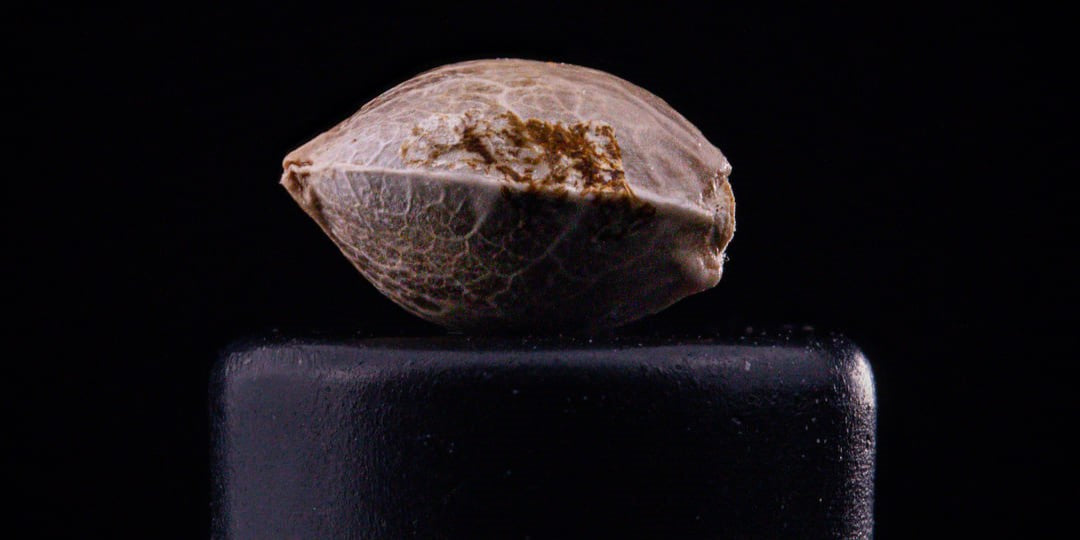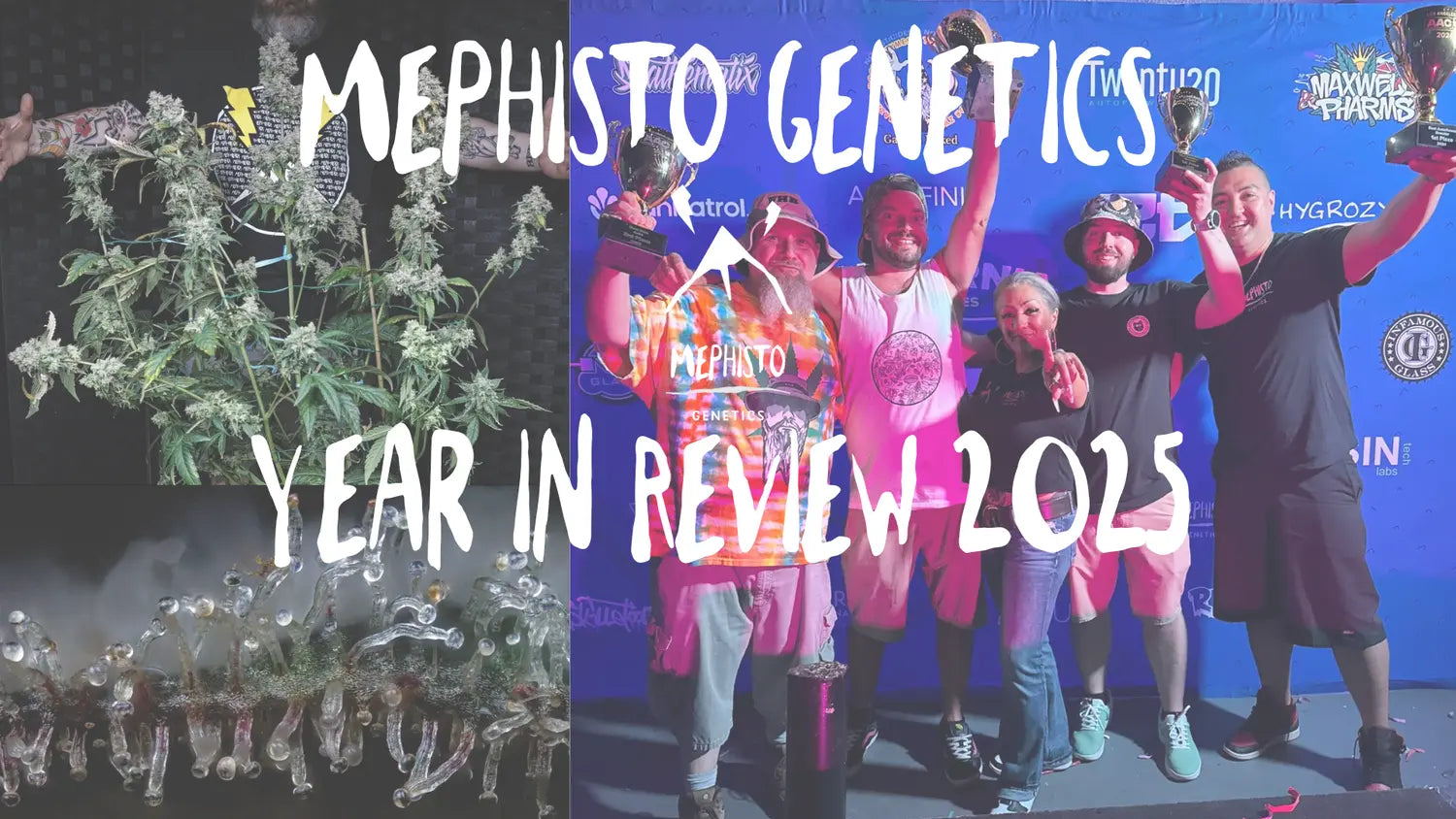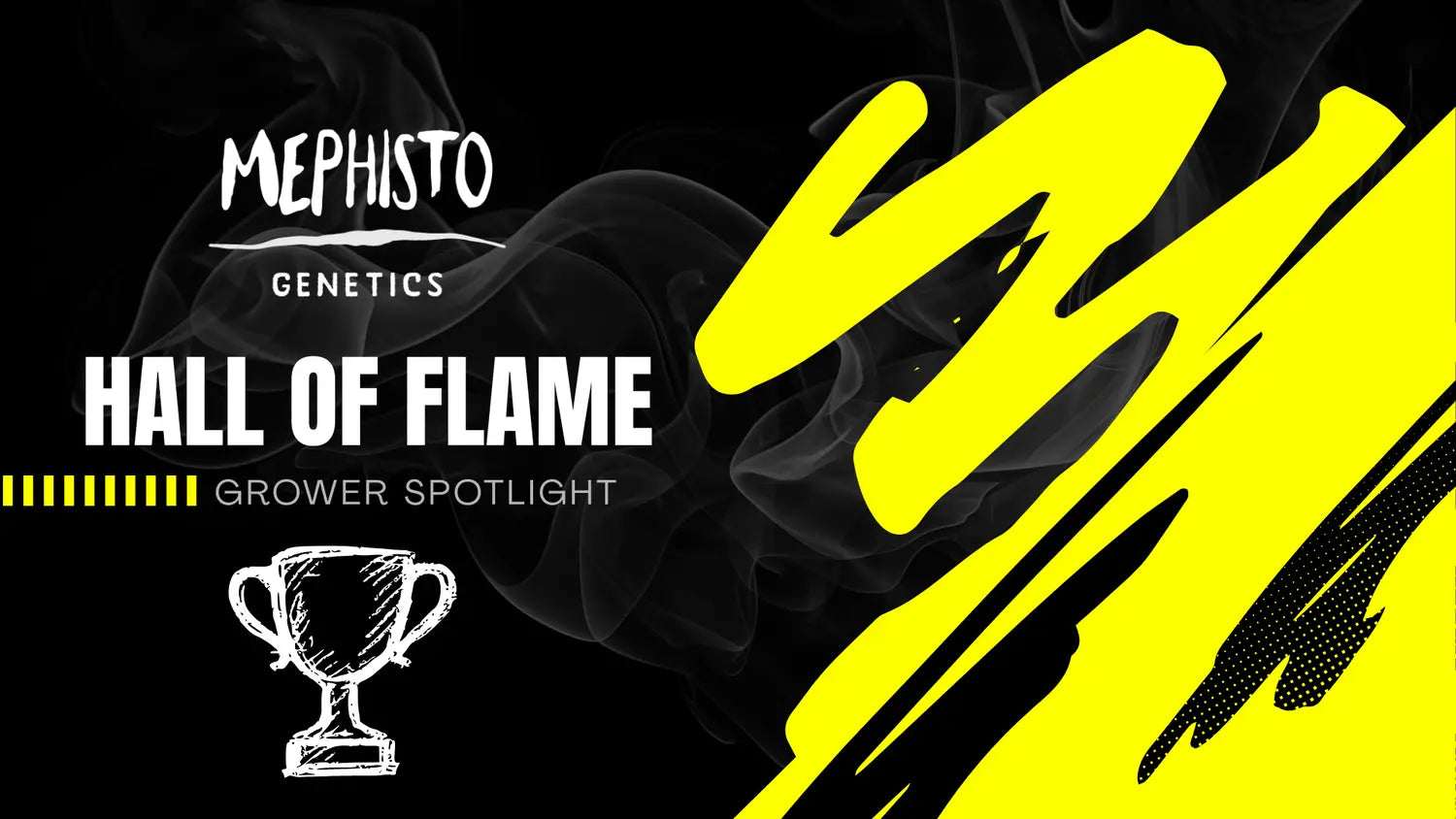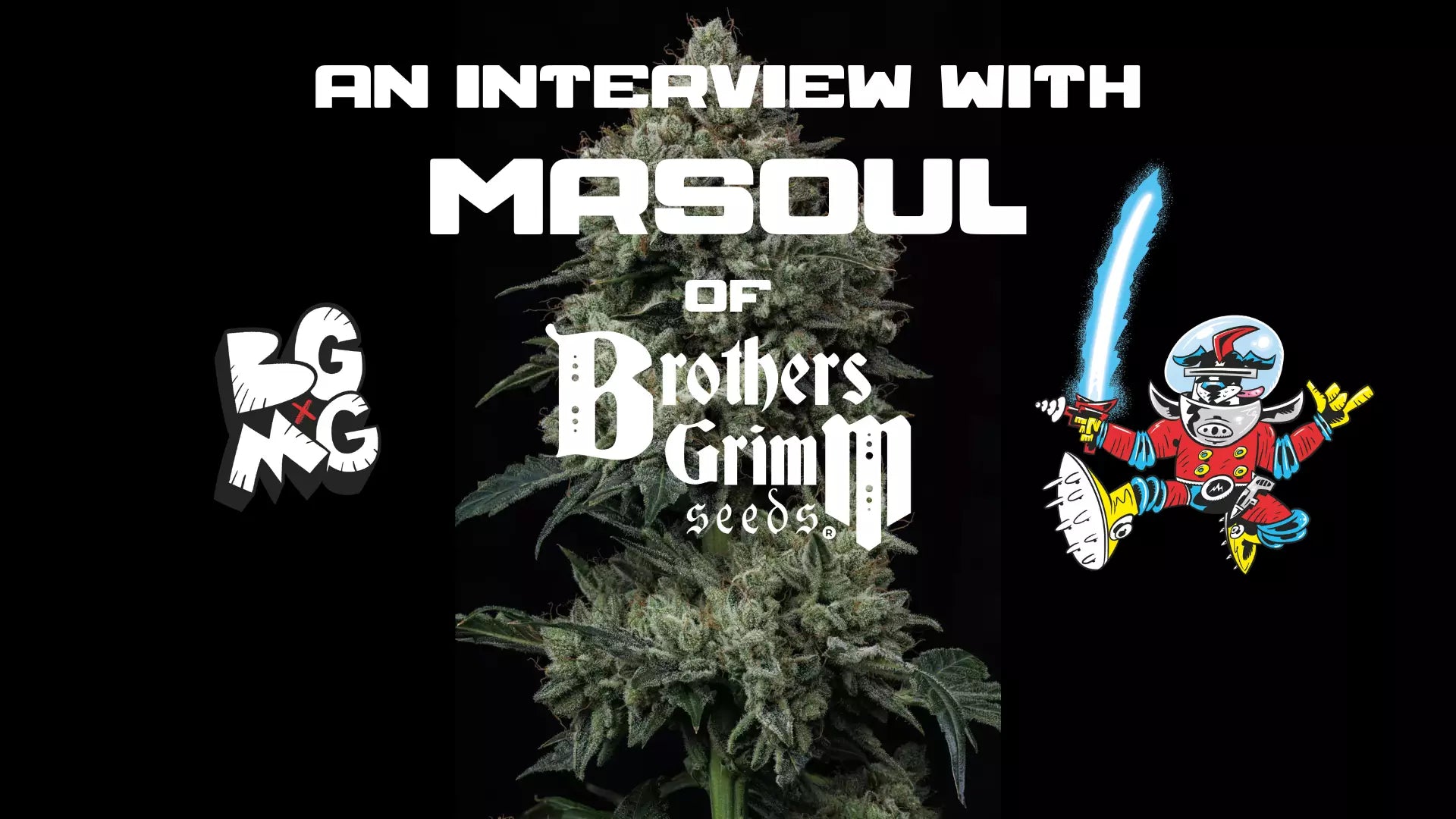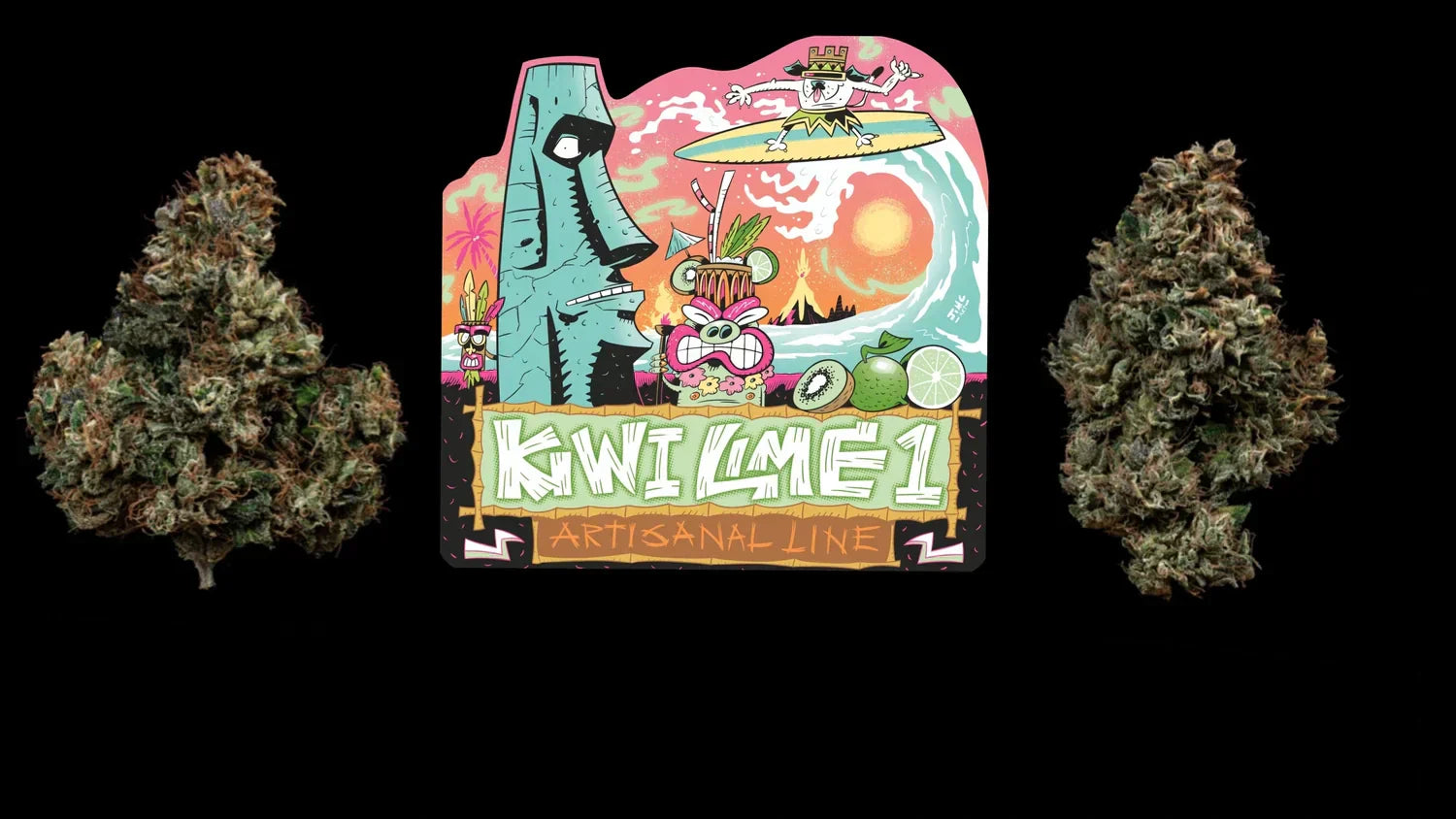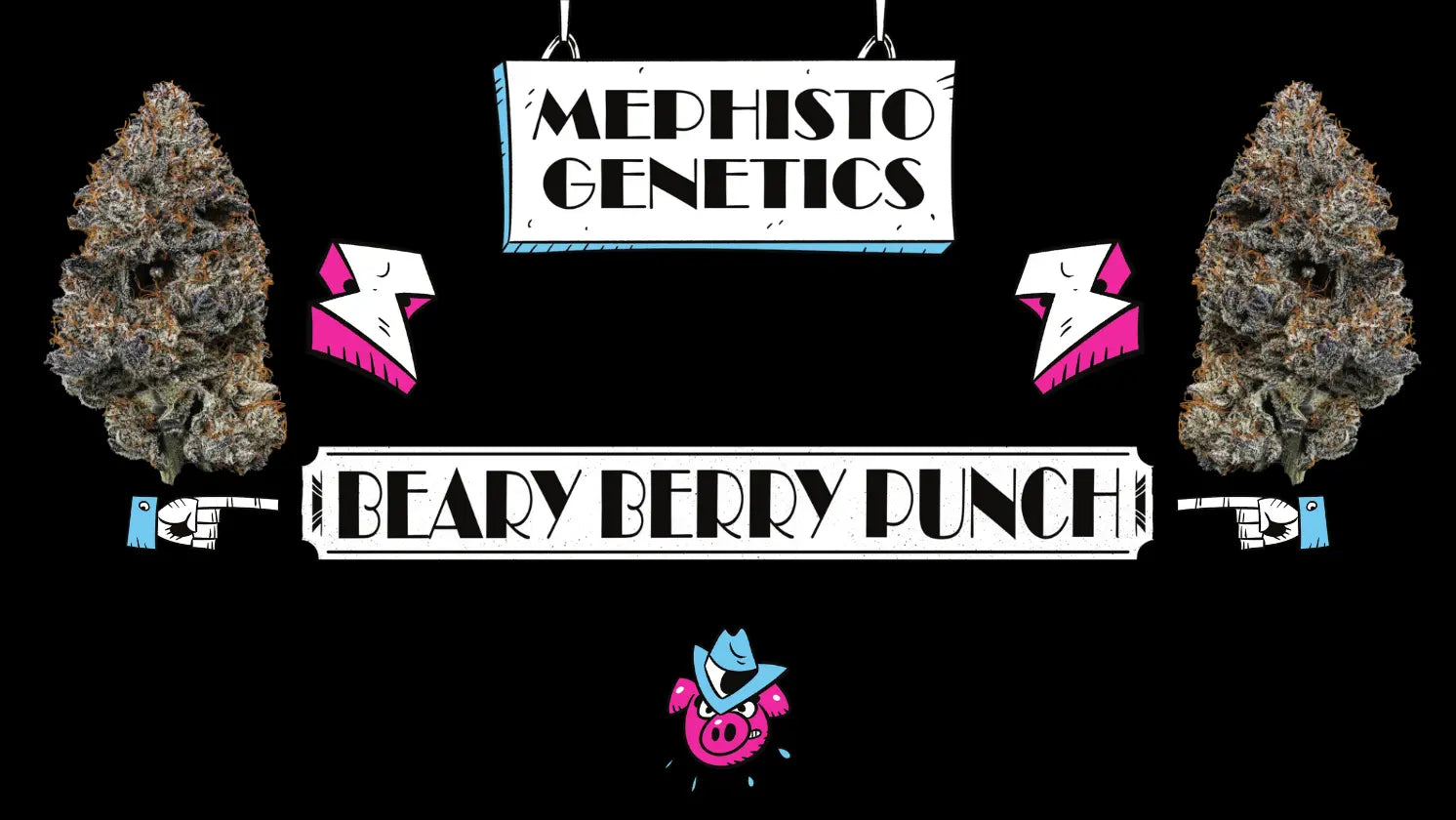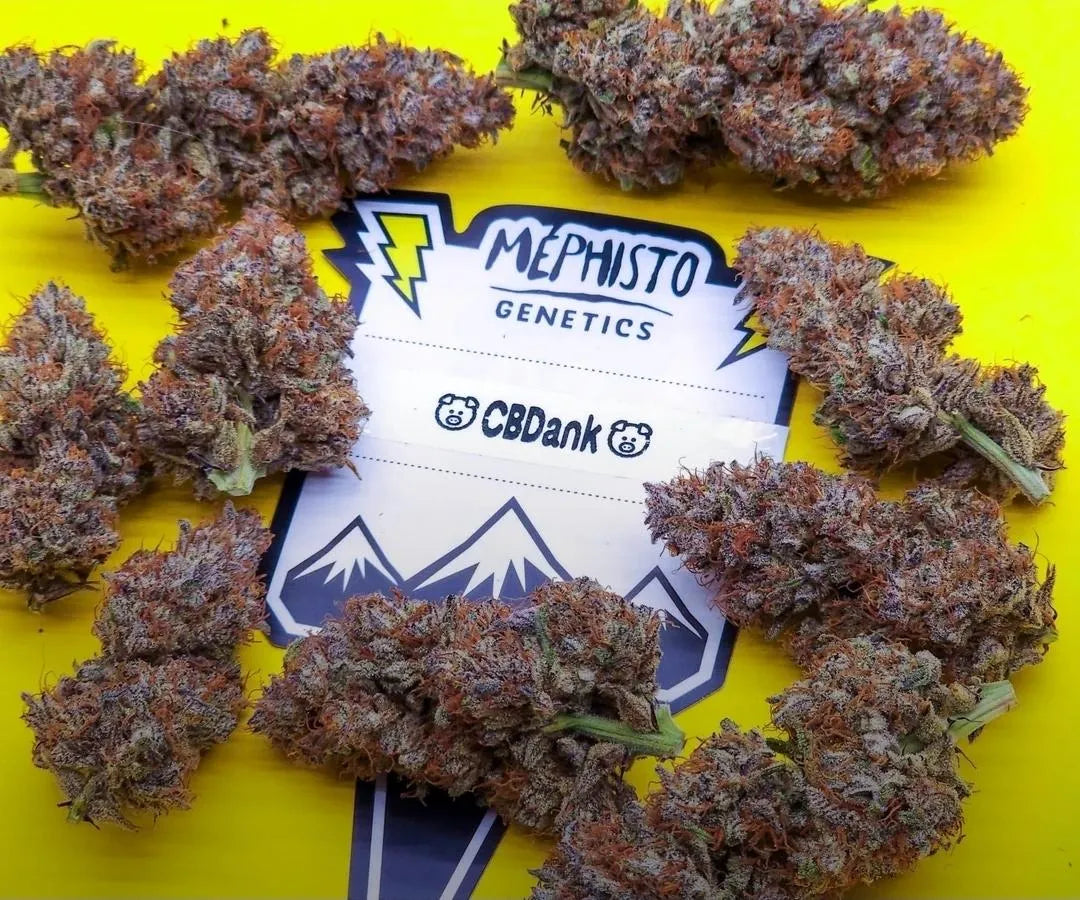At Mephisto Genetics, we specialize in crafting high-quality autoflowering strains. We’ve been at it since our cofounders Mitch & Tim started playing around them in 2007, and you’ve been able to source them from us since we launched in 2012. You may be wondering, ‘What exactly are autoflowers and how do we differentiate them from other types of cannabis?’

In short, the term “autoflower” can be broken up and defined simply as a type of cannabis that flowers automatically. For autoflowers, there are no natural stimuli that precipitate the change from the vegetative state to the flowering phase. To better understand this process, we need to dive into the world of photoperiodism and how it affects cannabis. Plant and animals have a natural physiological reaction to the length of (or lack thereof) light in their environment; we call this photoperiodism.
Speaking specifically for plants and flowering transitions, photoperiodism manifests in three different ways depending on exactly how light or dark periods affect their biological lifecycle. Plants that flower when the amount of light they need falls below a certain threshold are called long-day flowering plants. Lettuce, wheat, oats and barley all fall into this category and that’s why you typically see them flower during the end of spring or the beginning of summer. On the contrary, plants that flower when the amount of light they need exceeds their threshold are called Short-Day plants, and these plants need the nights to be a specific length in order to transition. Anything below that and they will stay in the vegetative phase of growth. Cannabis Indica and Sativa plants fall into this category as well as many other plants such as rice and even cotton. This brings us to our third category, Day-Neutral plants. These plants do not require light or dark periods of any length to trigger flowering and instead rely on other environmental stimuli and/or biological factors.

You guessed it, Autoflowering cannabis, unlike her cousins on the photoperiod side, are a day neutral plant and do not require a light cycle to flower. This begs the question, why does cannabis as a genus contain species which are both short-day flowering (AKA photoperiod cannabis) and day-neutral (AKA autoflowering cannabis)? Taxinomically it is because the autoflowering property comes from a species of cannabis called “Ruderalis.” It’s worth noting that taxonomical nomenclature around cannabis is a murky subject and highly debated among scholars who argue whether Ruderalis is an actual species of cannabis or a subspecies within the Cannabis Sativa L. Species.
Cannabis has a long and convoluted history with humans that traces back many thousands of years to the foot of the Himalayas in Asia. The evolution of the plant in many ways dovetails with human evolution. As our history has us expanding out of Africa and Asia, so it appears cannabis has followed right along. Thousands of years of domestication and hybridization paired with feral-ization and subsequent reintegration back into the wild cannabis has had the opportunity to co-evolve. As we humans brought the plant to areas of the world where day and night patterns vary dramatically from the more equatorial latitudes, it had to adapt to survive. Cannabis Ruderalis was first taxonomically described by the Russian Botanist D.E. Janischewsky in 1924 from a group of cannabis plants found in Siberia.

Coincidentally, Ruderalis plants seem to show up in areas around the world where once domesticated hemp plants have reintegrated into the “wild” and become feral yet again. This includes areas around central Europe, the Midwestern United States and South America. It was actually a Mexican Ruderalis nicknamed “Rudy” which made its way into a breeding project of a pair of Canadian roommates living in Vancouver in the mid-90s, that would become the auto-flowering catalyst that would change the landscape of autos forever. The gentleman credited with inventing the modern autoflower, Sasha AKA “The Joint Doctor,” was one of those roommates and his other partner Christian used their mutual friend Antonio’s Mexican Ruderalis/NL2 F1 hybrid nicknamed “Rudy’” in an early breeding experiment with a William’s Wonder plant they were keeping that would eventually make way to the formation of the infamous first autoflower hybrid, “Lowryder.”
Check out our full interview with Sasha, where he explains the origins of modern hybridized autoflowers right here.

Autoflowers have come quite a long way since the humble beginnings of Lowryder’s 2002/2003 release. In the decades that followed, the community around autoflowers has expanded from what once was forum chatter to an entire global industry and an almost cult-like following of enthusiasts, hobbyists and collectors. Today we have autoflower competitions such as The Autoflower World Cup held annually in Barcelona, Spain as well as The American Autoflower Cup, held annually in Los Angeles, California. Autoflowers are a consistently growing segment in the global seed market, with massive growth in the last decade. Most notably, a community around autoflowers has formed with dedicated growers, breeders, innovators and influencers all feeding into a growing ecosystem. It’s safe to say that autoflowers are going to continue to grow in popularity as growers and enthusiasts open their gardens up and begin to get involved in the community.
related blogs.
Check out these other blog articles.
